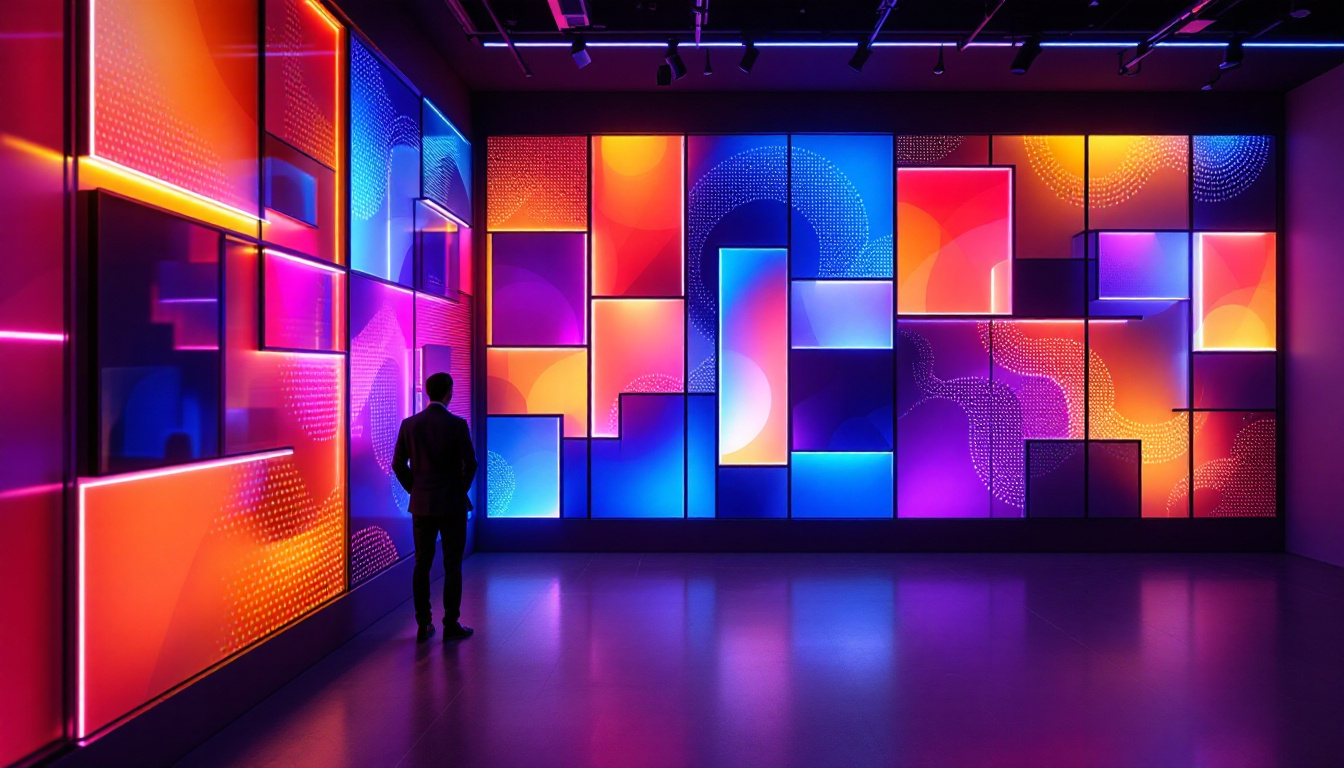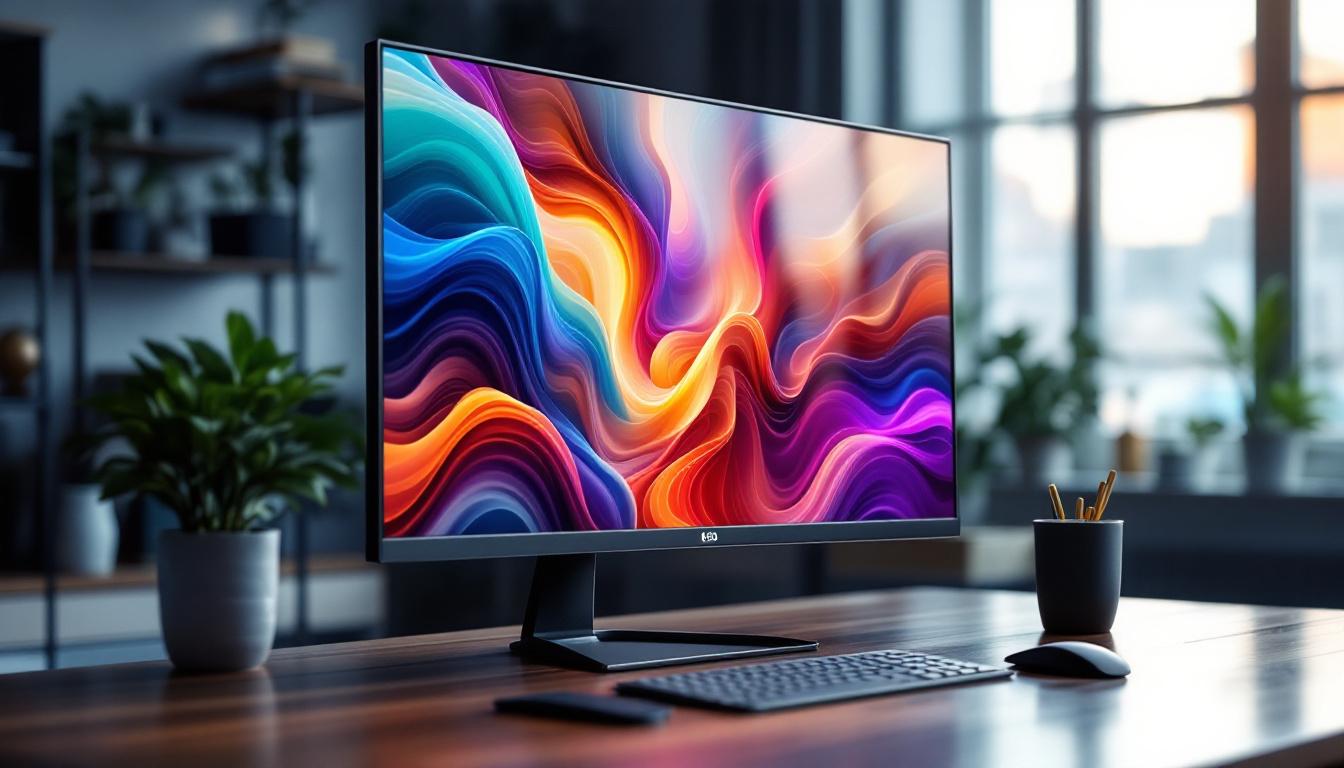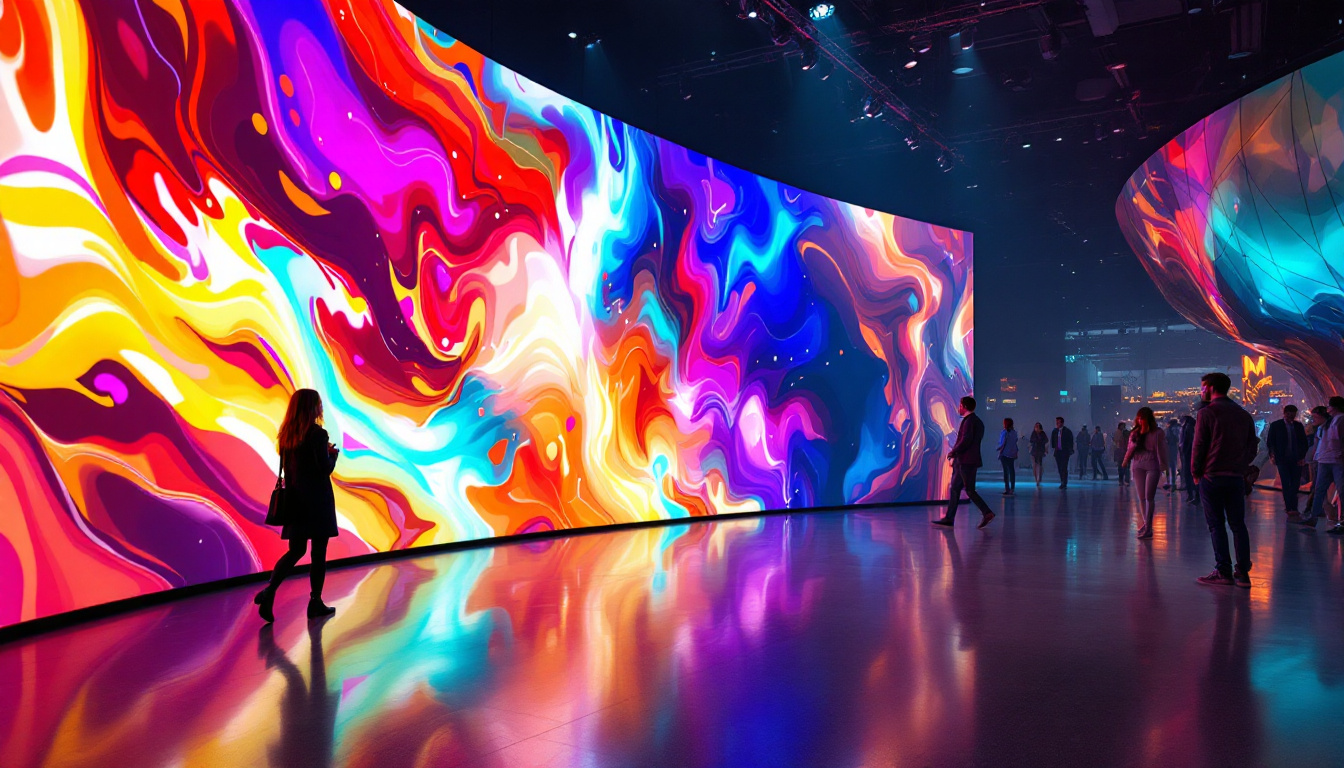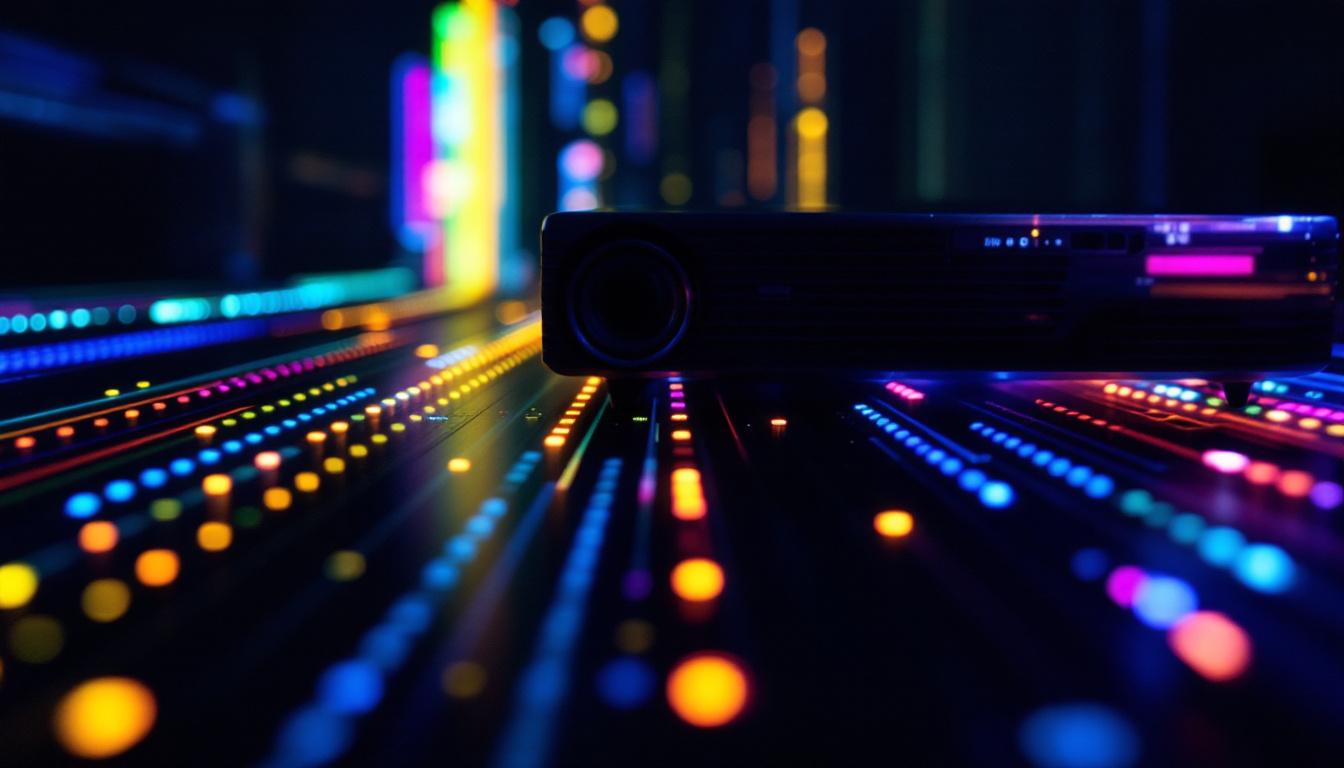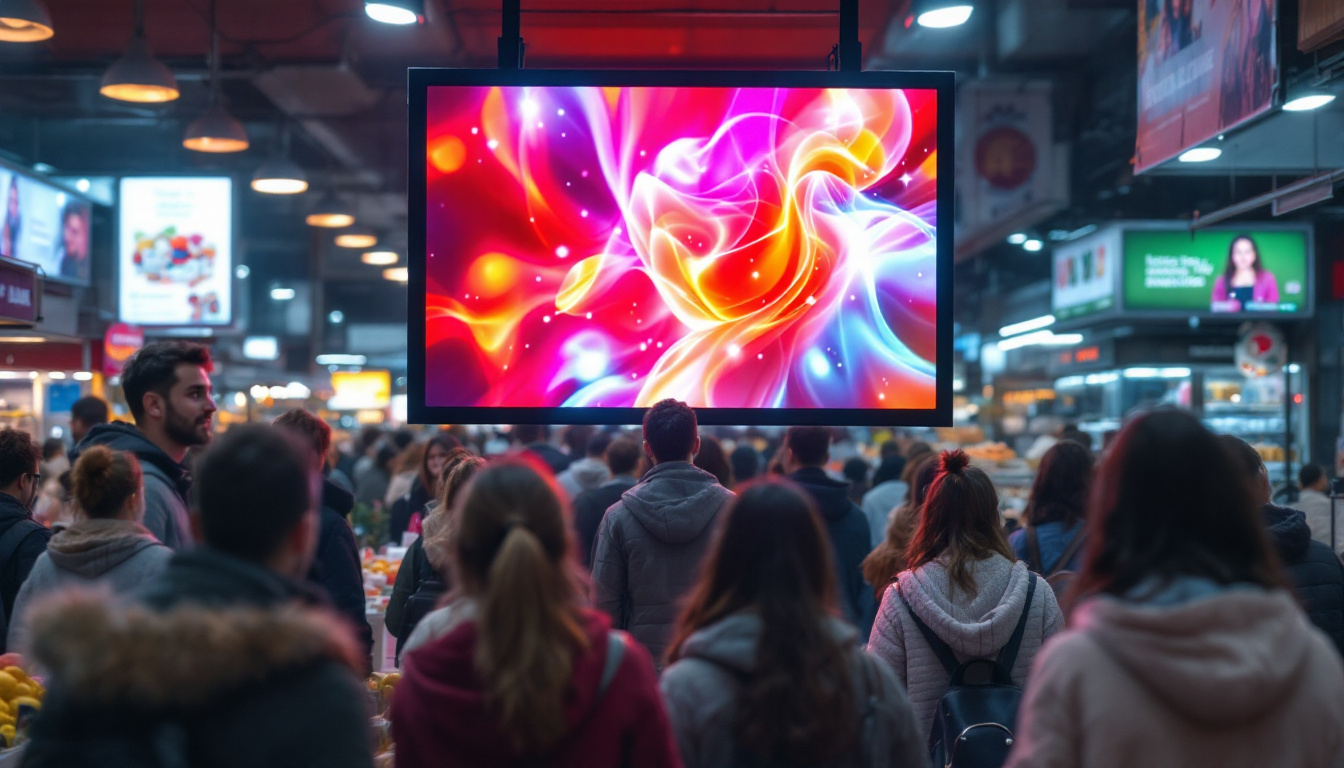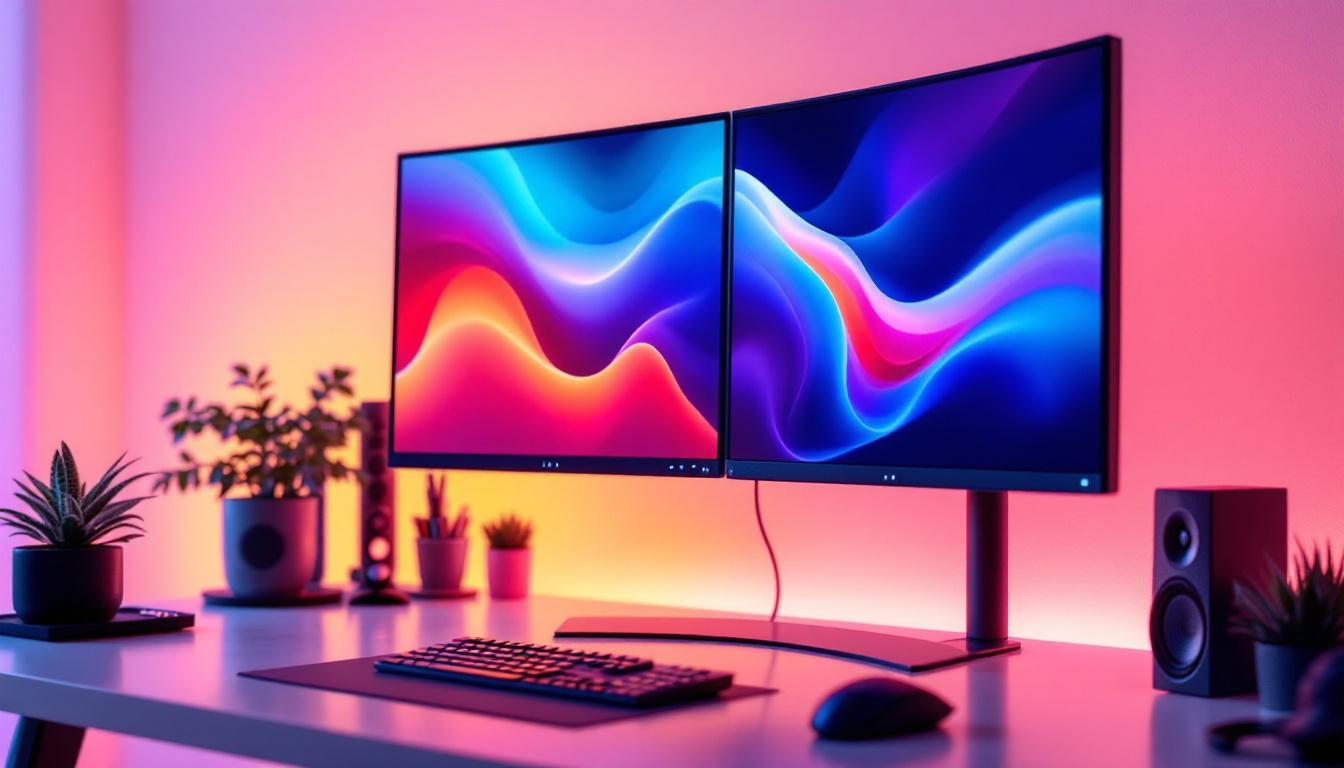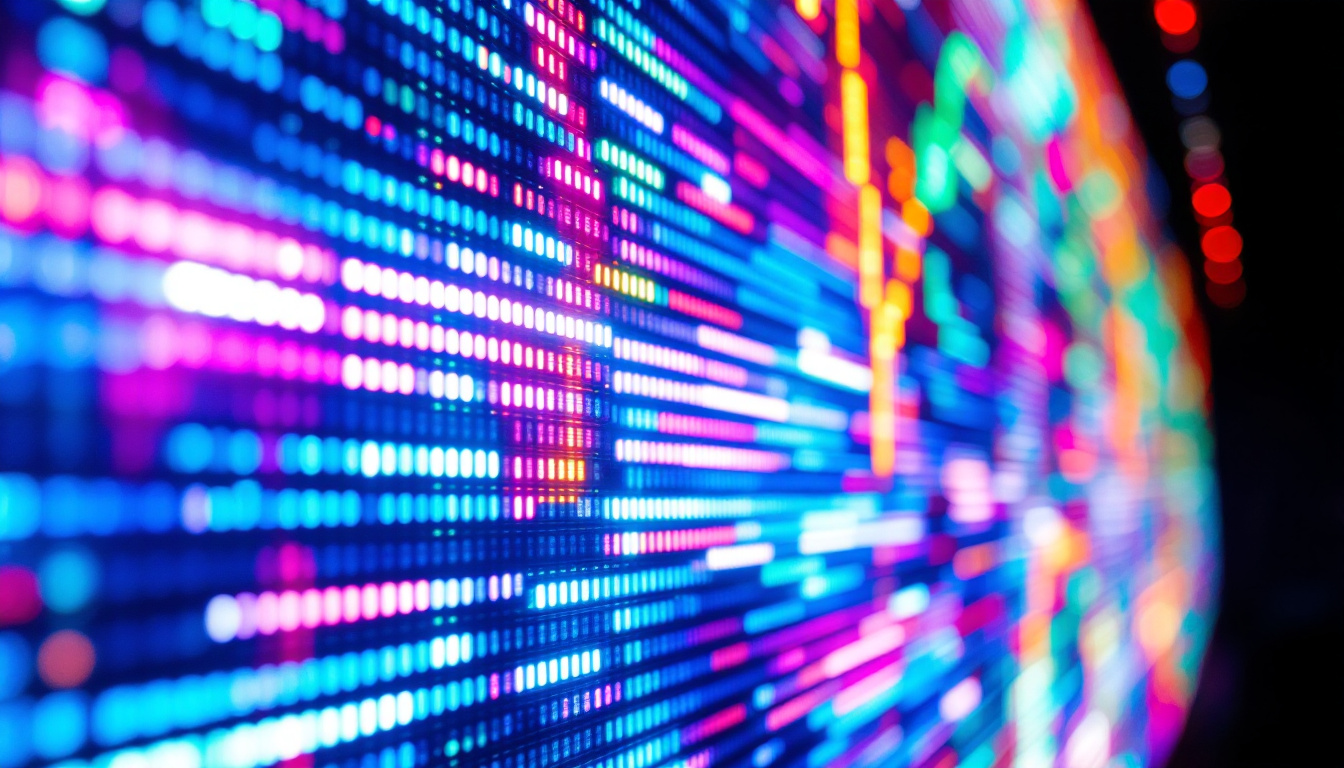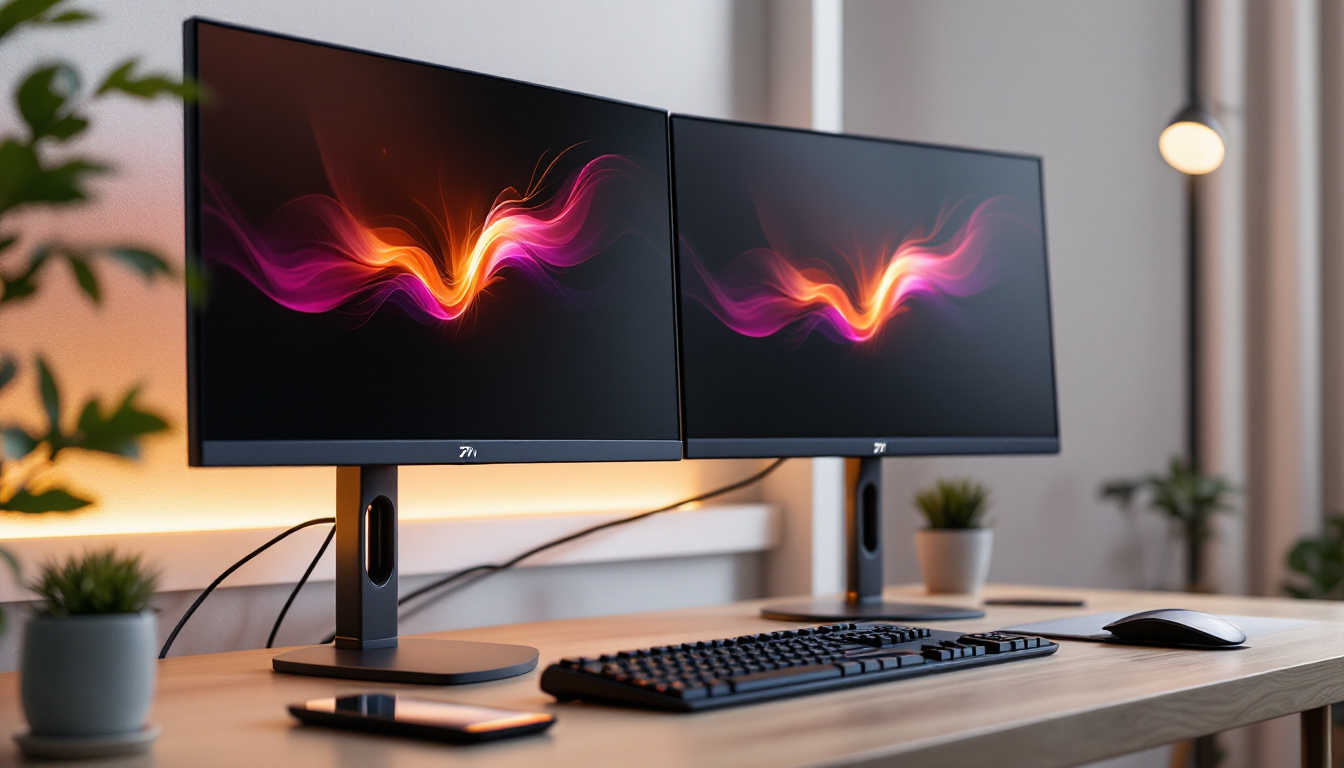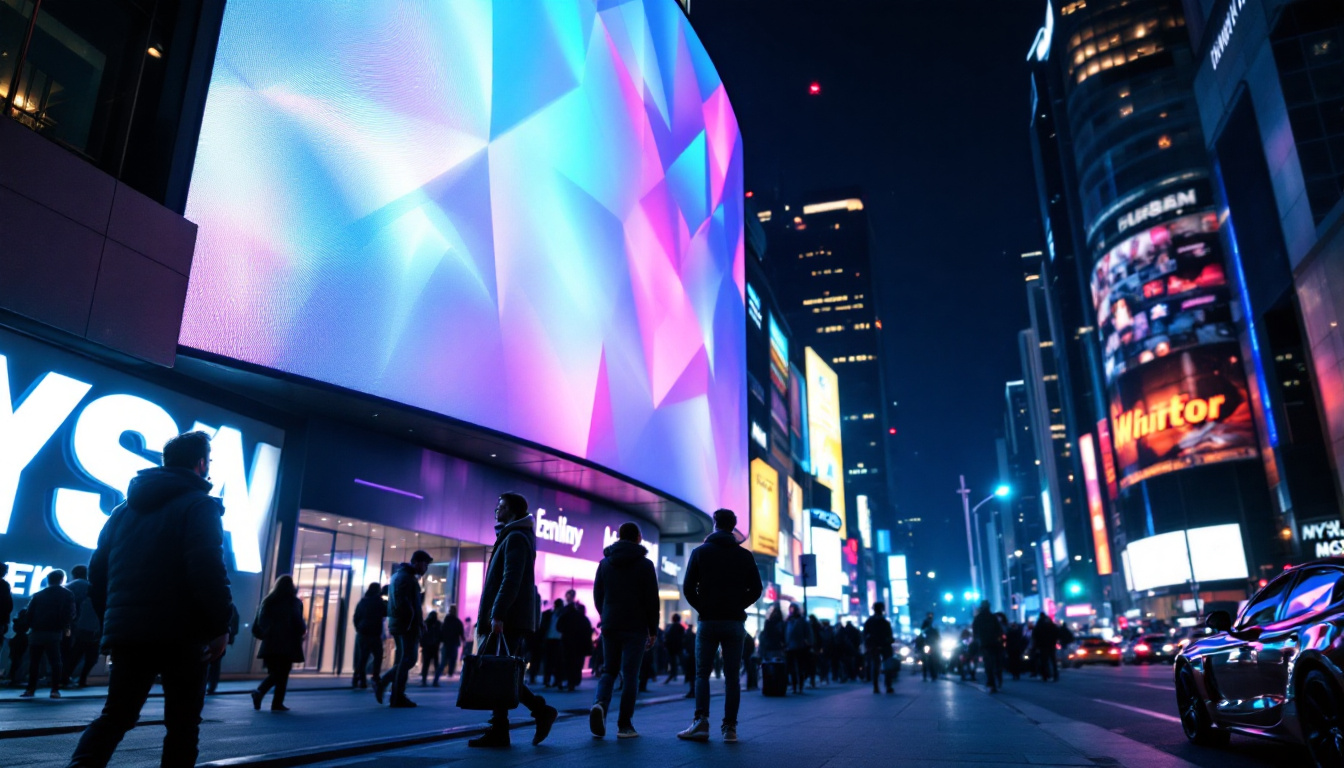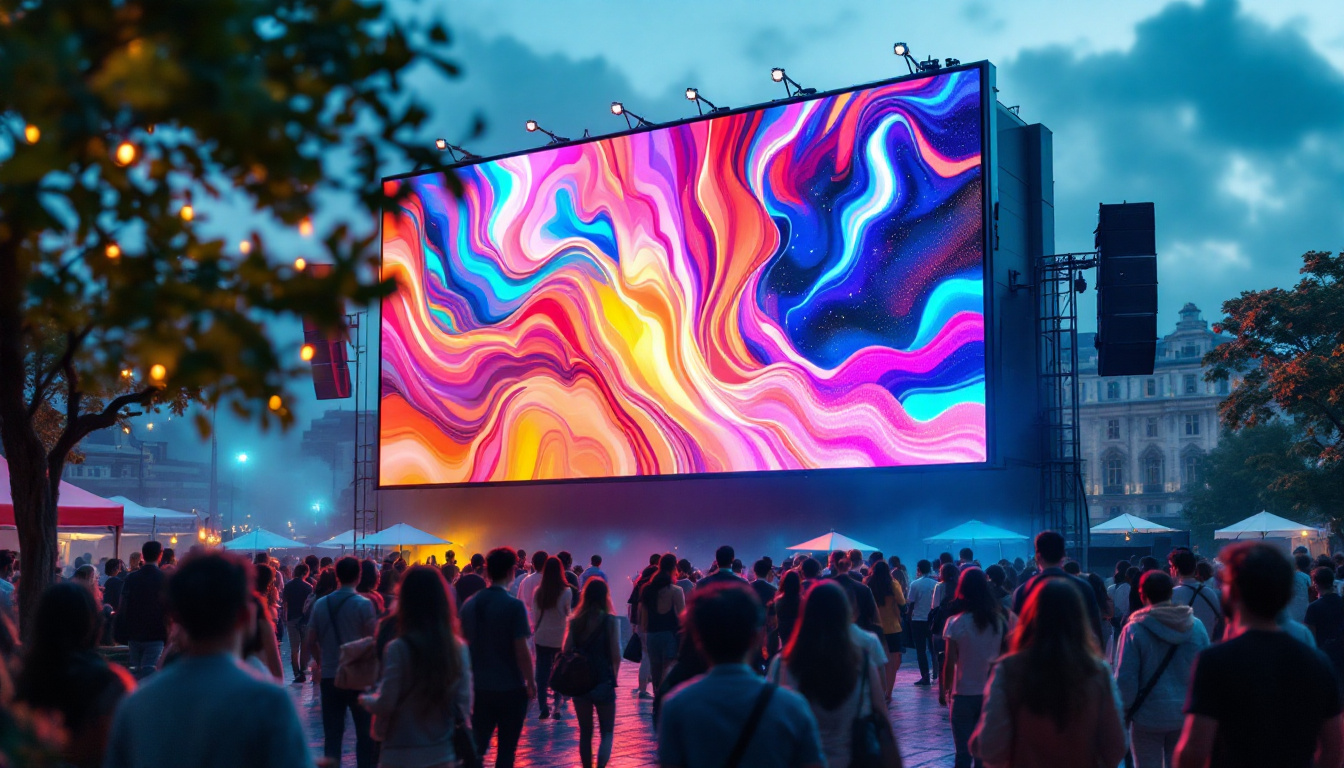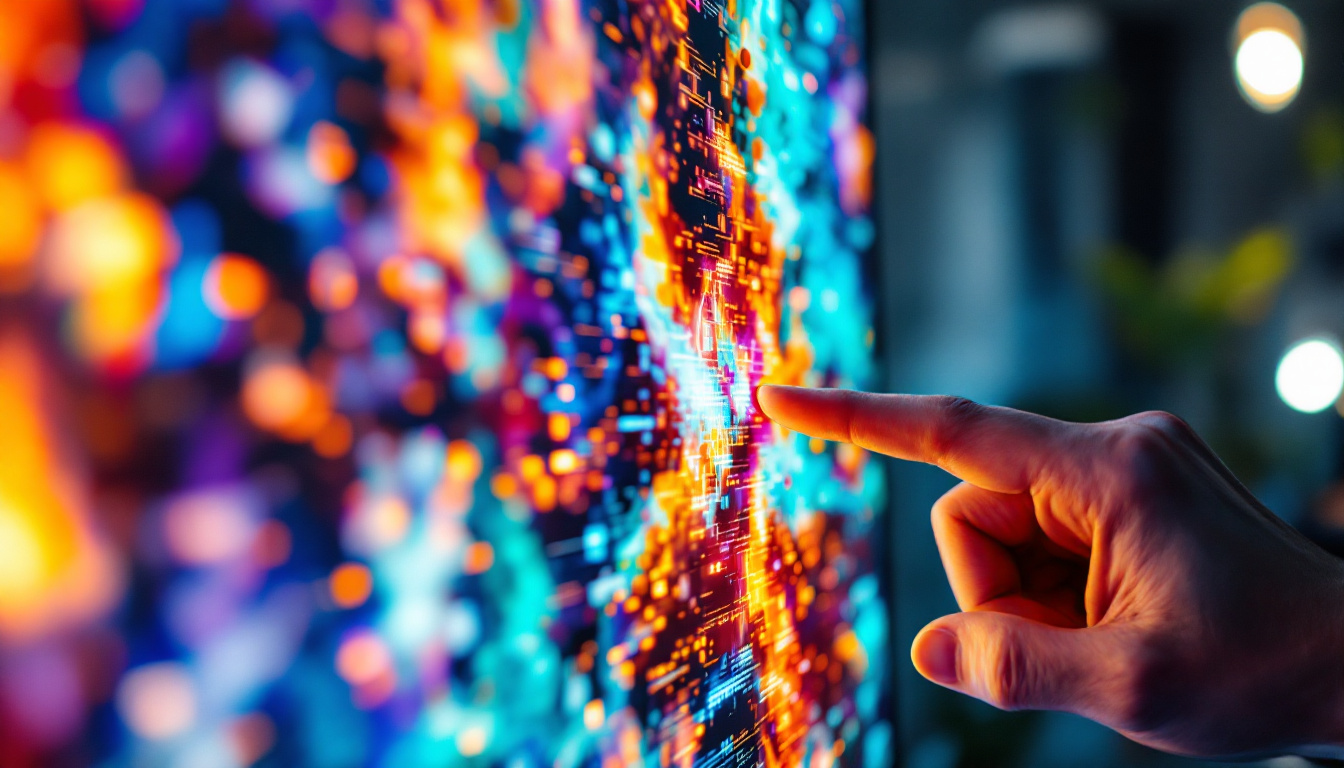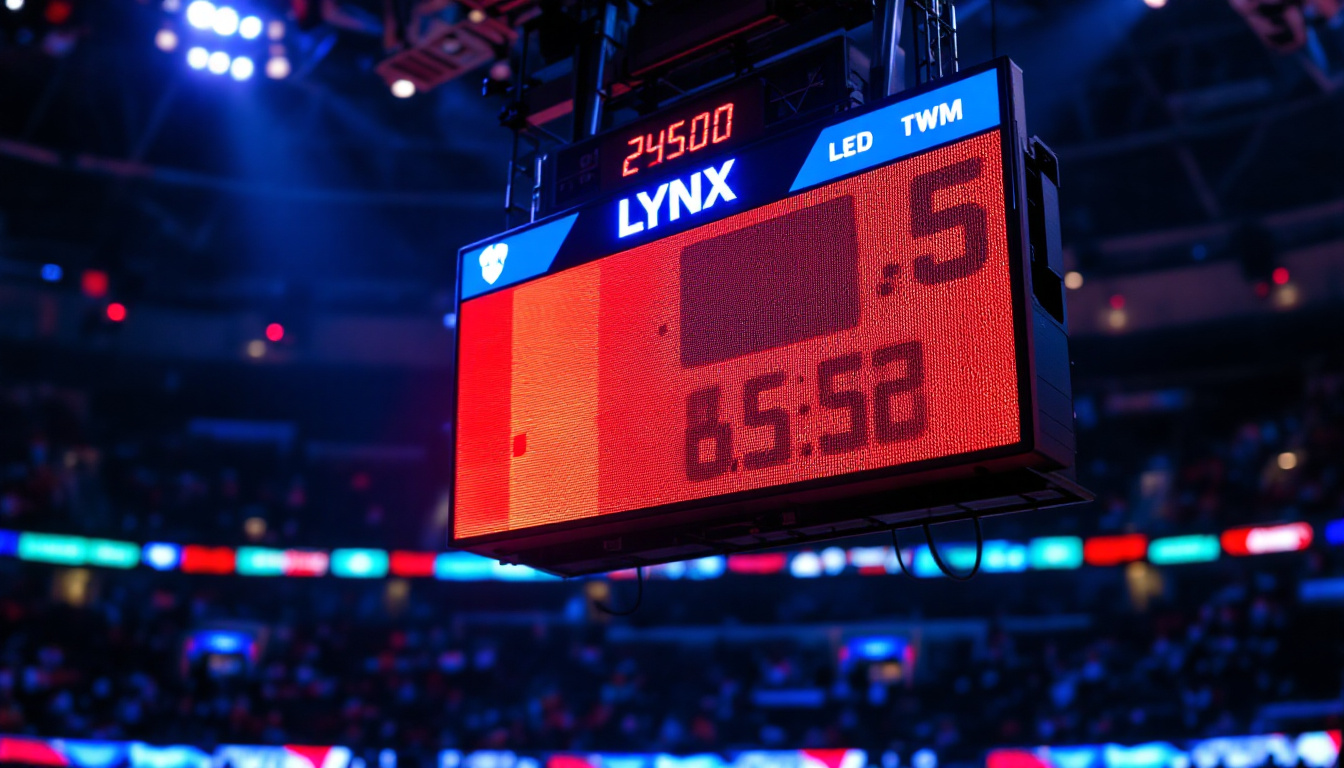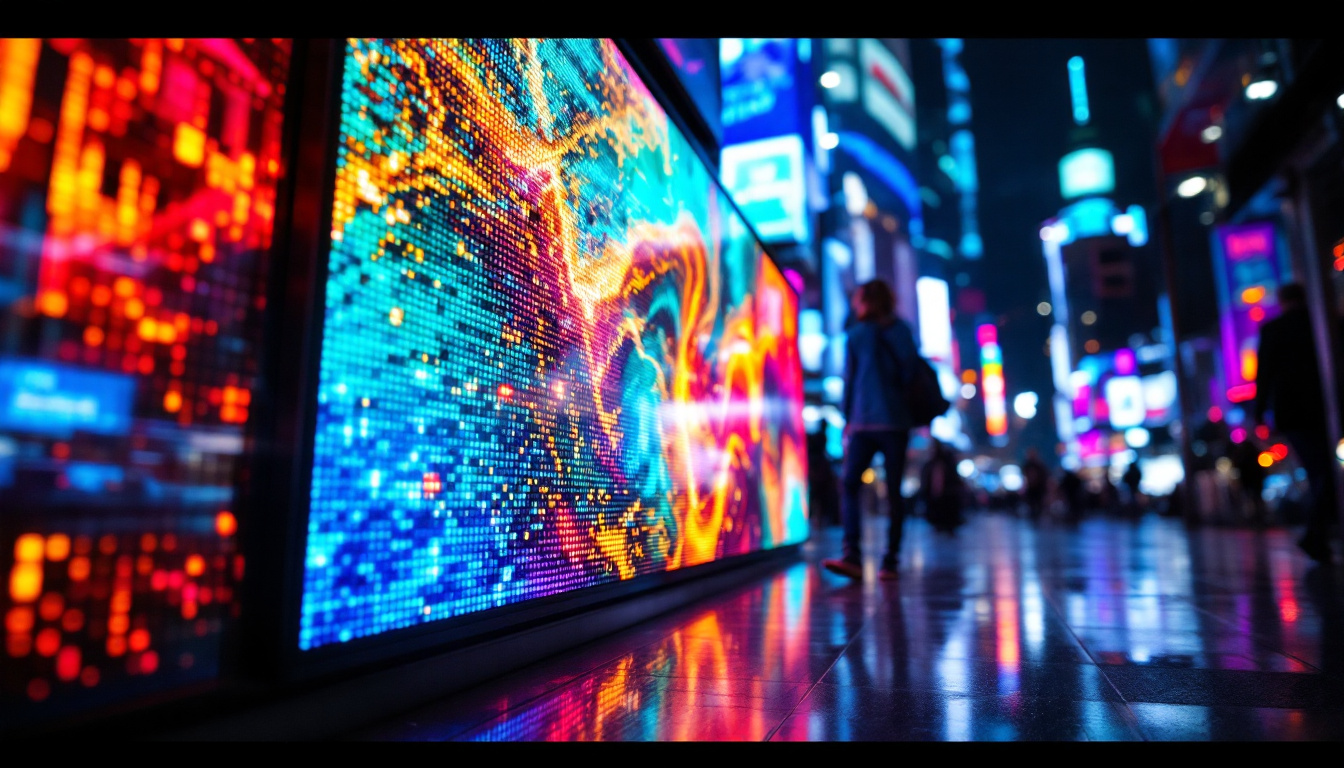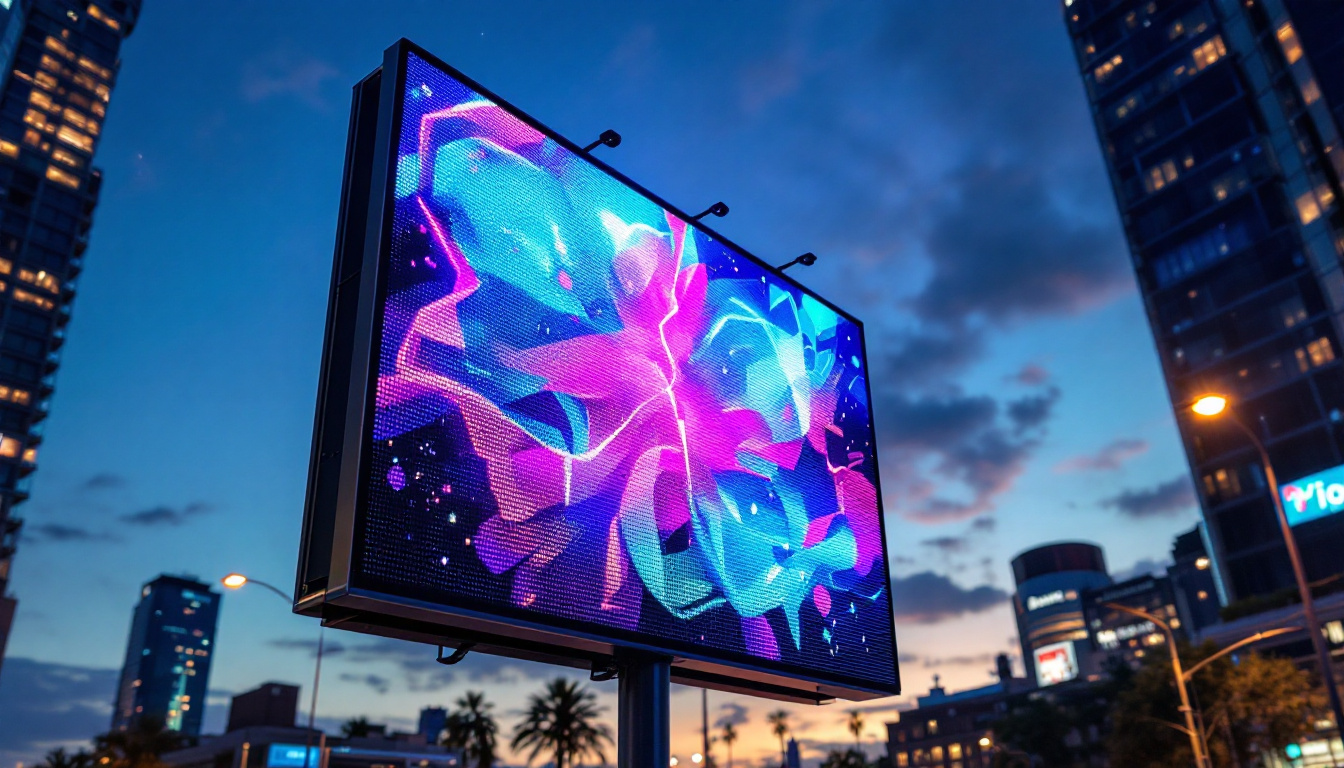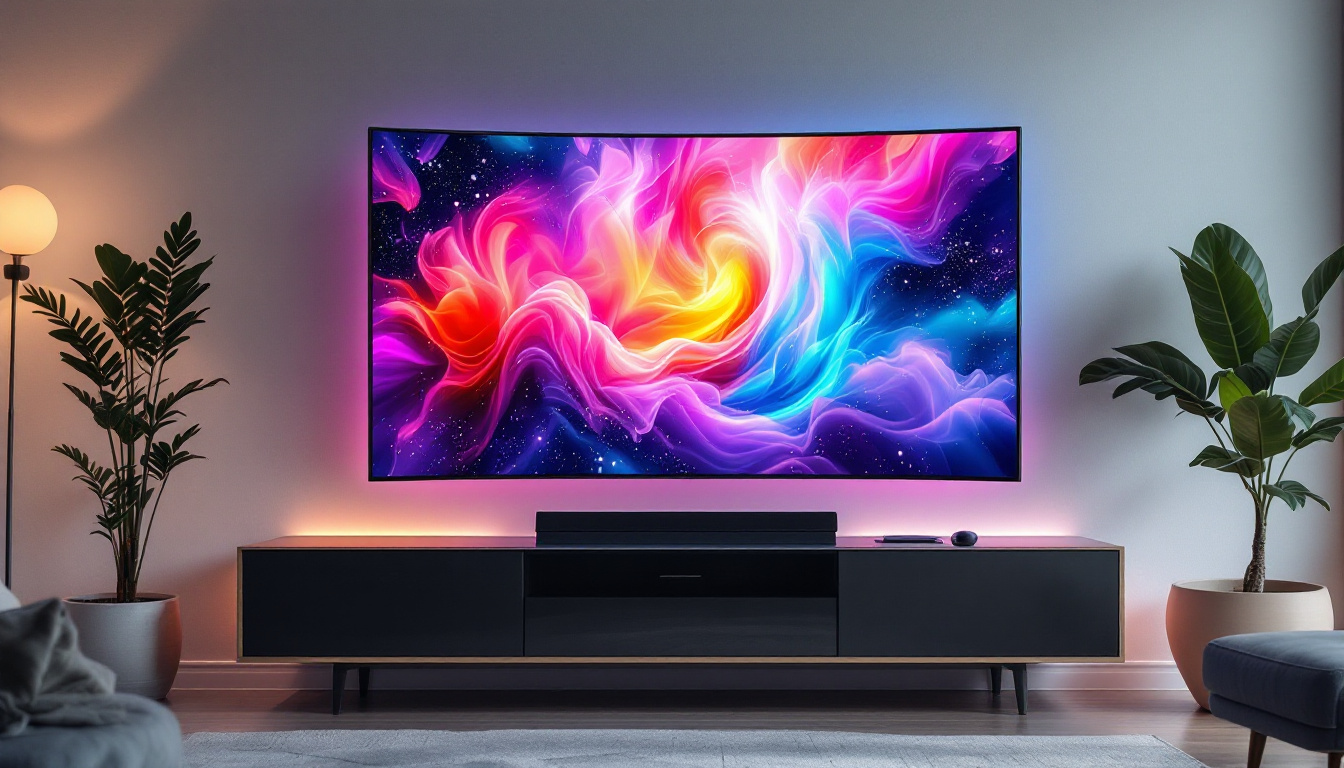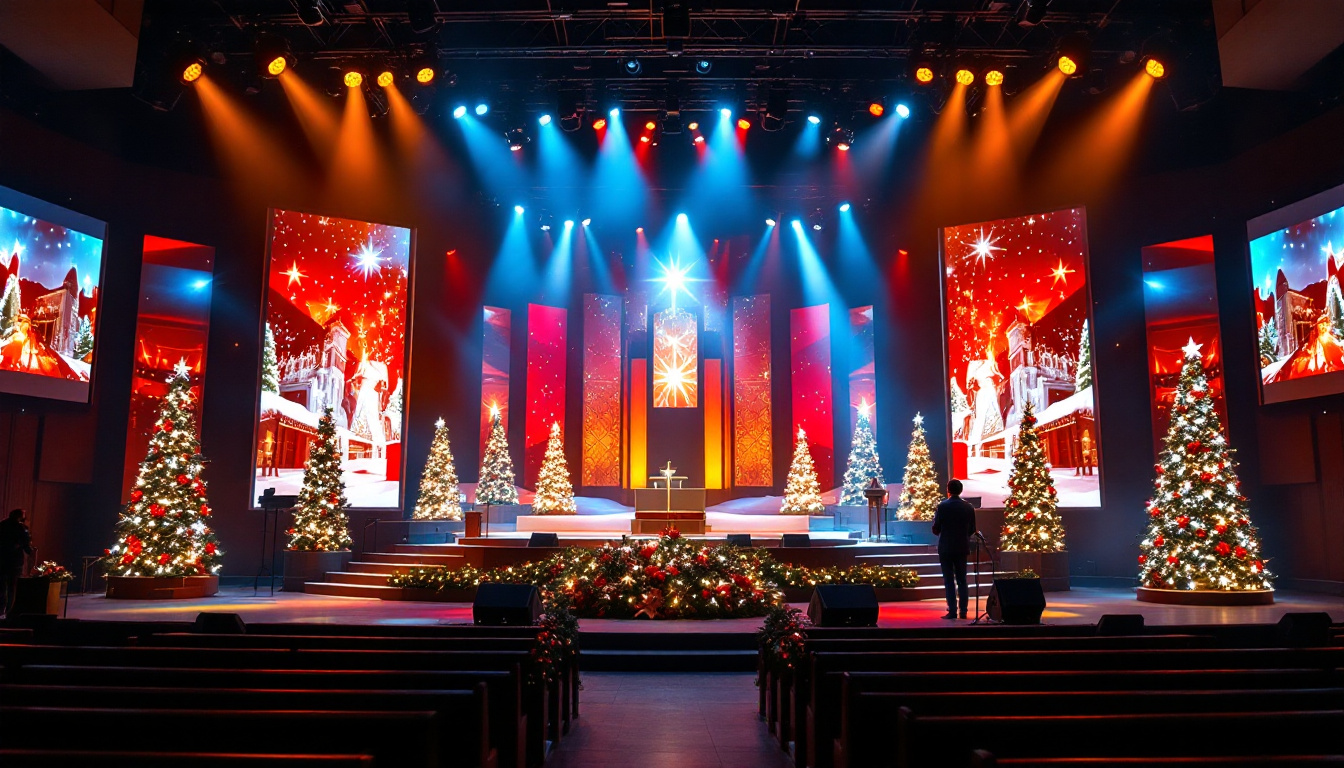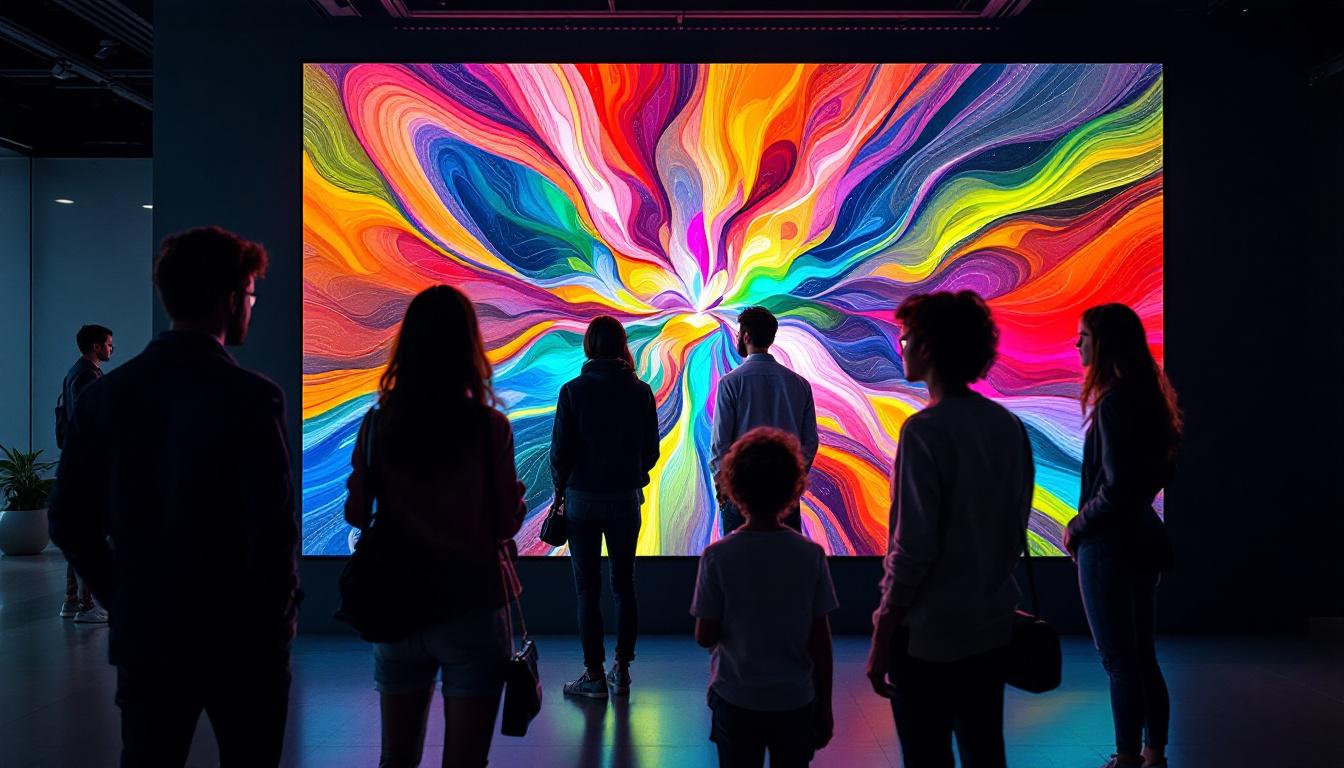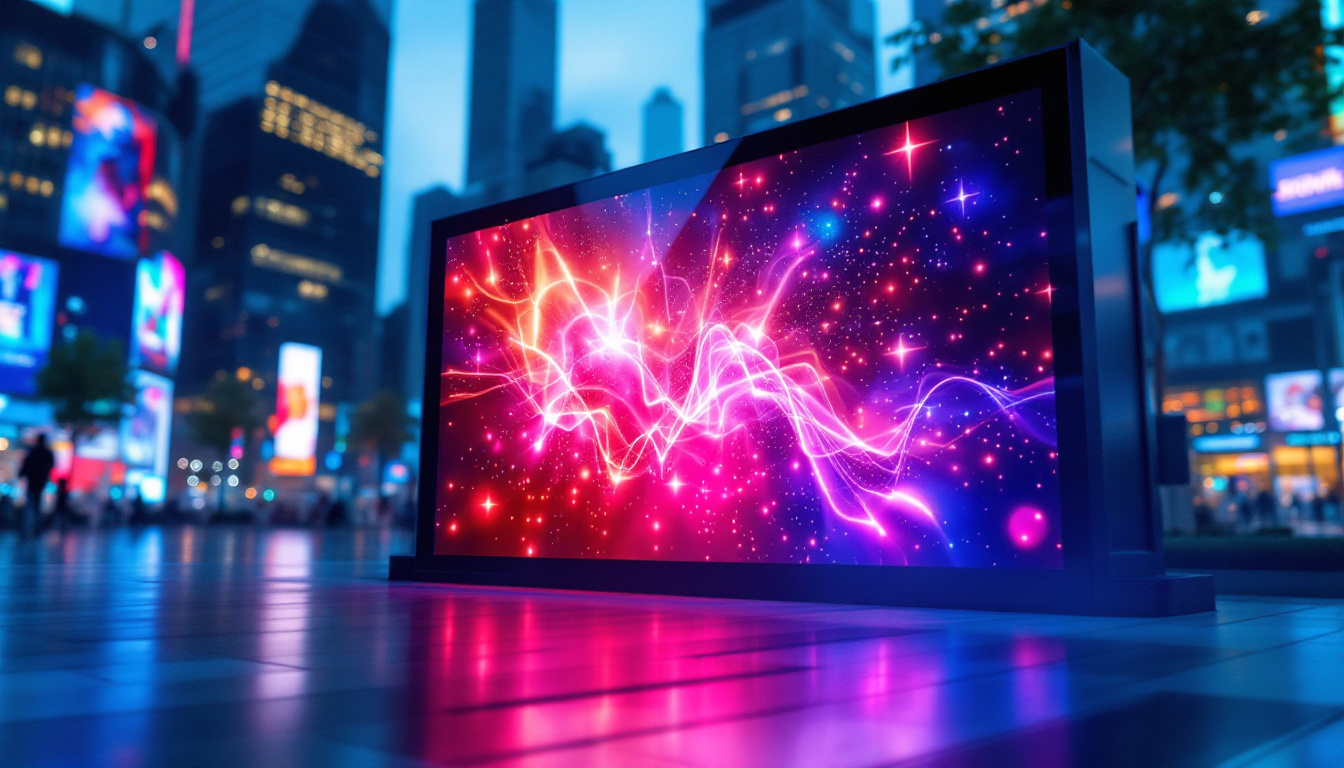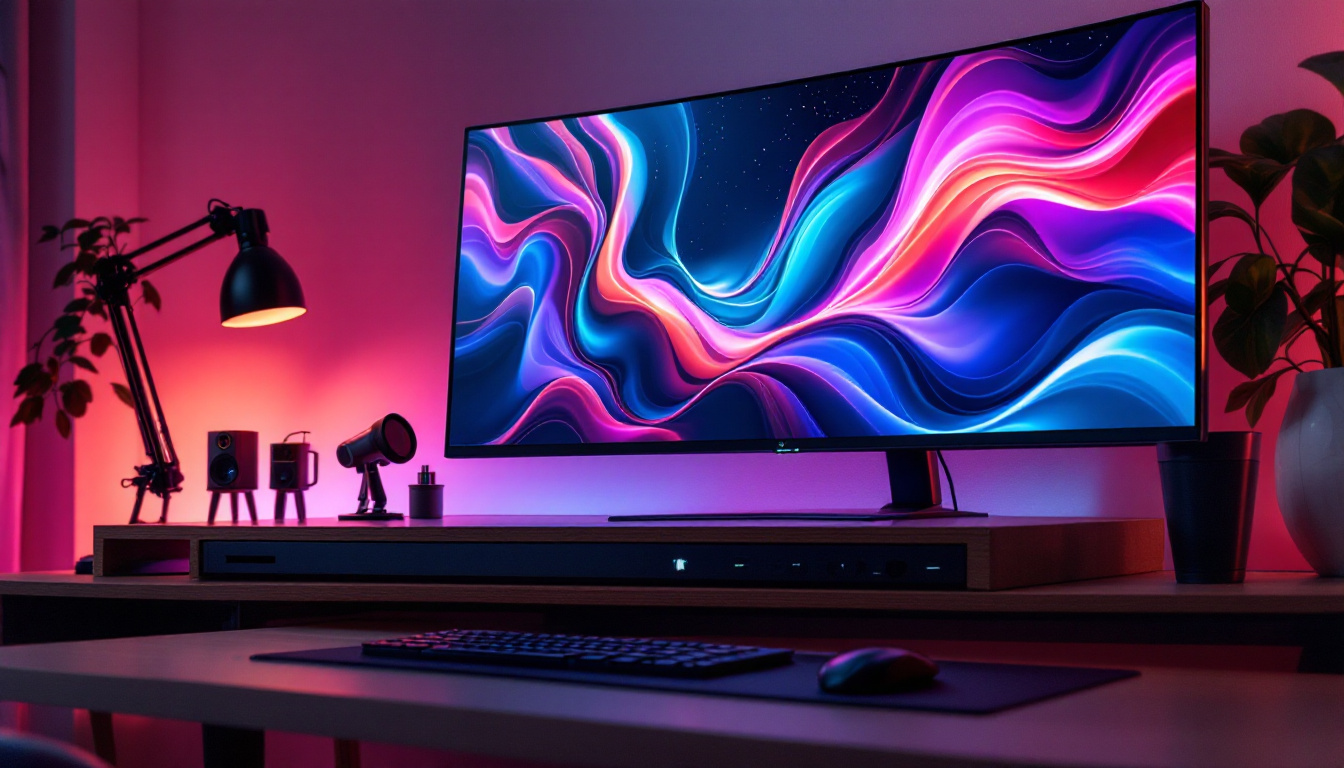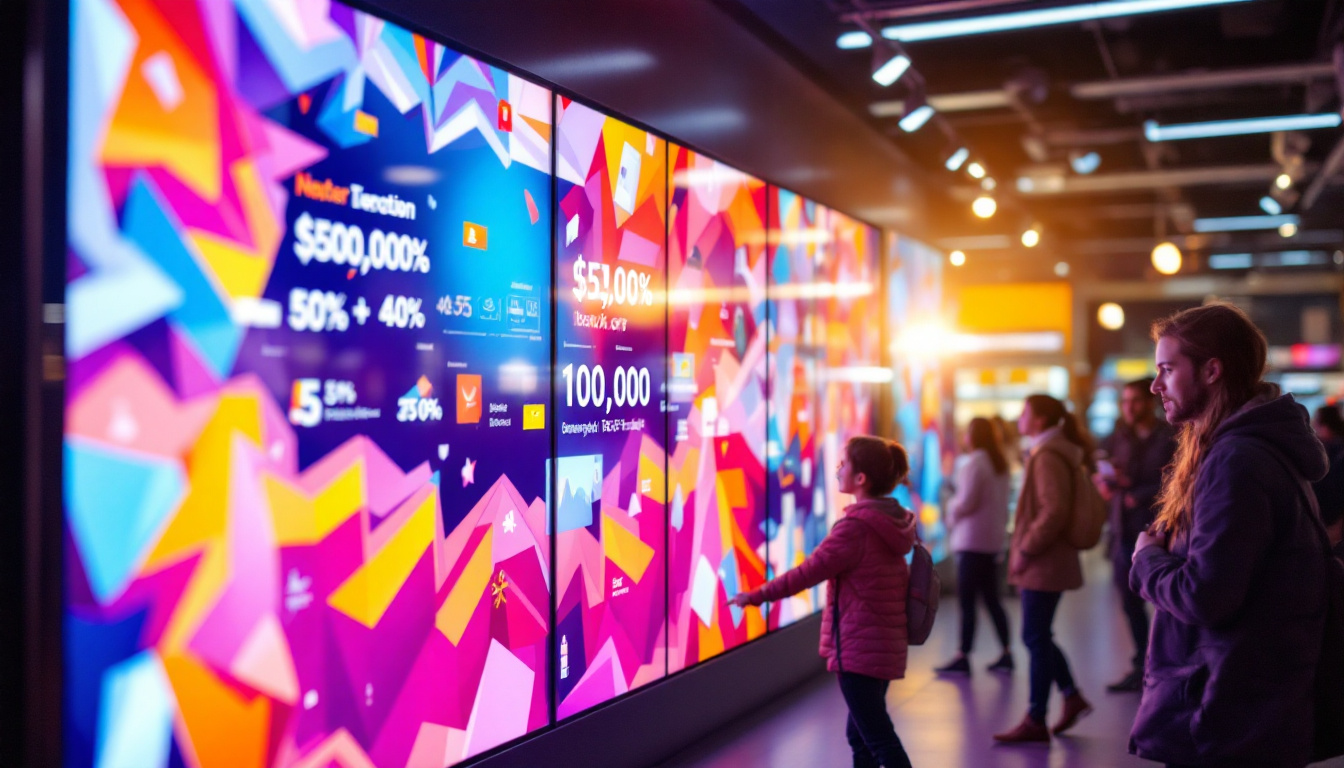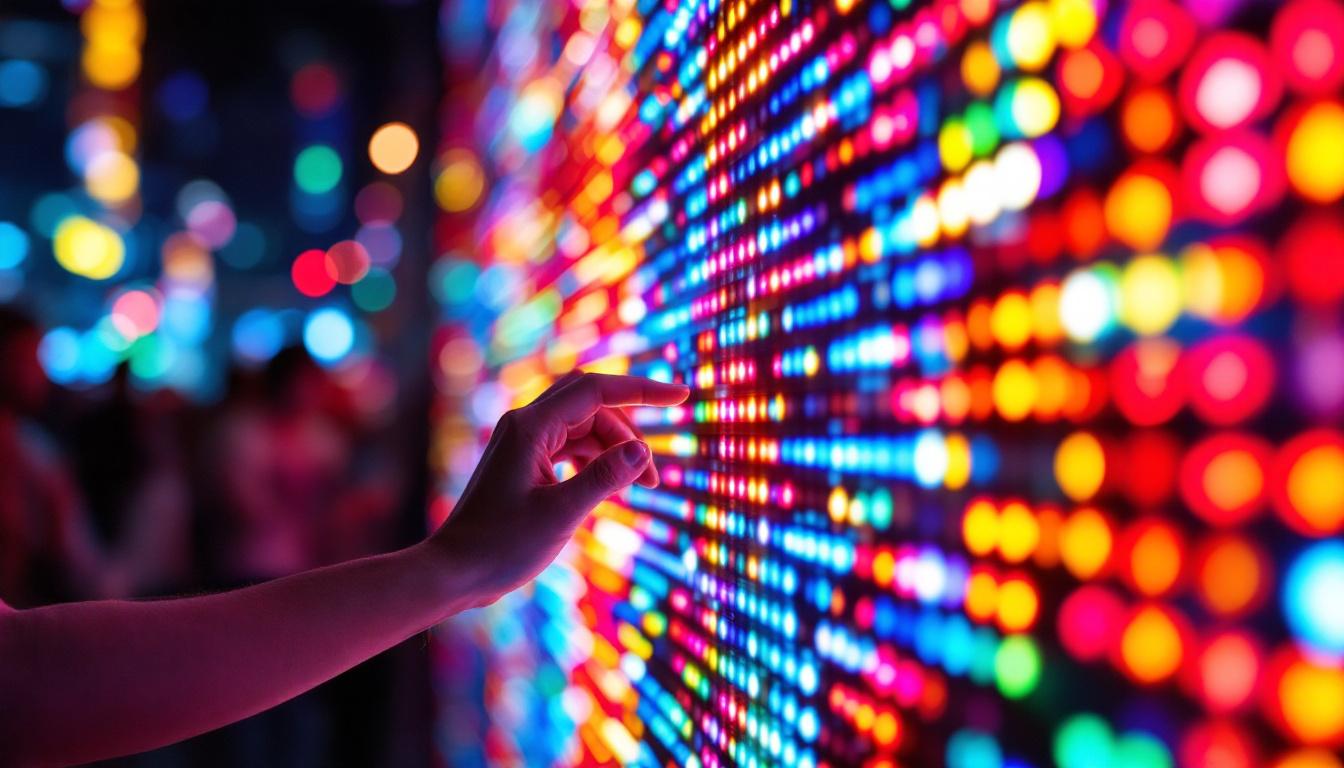In the contemporary world of design and technology, wall panels with integrated lighting solutions have emerged as a popular choice for both residential and commercial spaces. These innovative installations not only enhance aesthetics but also provide functional benefits, making them a versatile addition to any environment. This article delves into the intricacies of LED display wall panels, exploring their features, advantages, and applications.
Understanding LED Wall Panels
LED wall panels are flat, thin displays that utilize light-emitting diodes (LEDs) to produce vibrant visuals. These panels can serve multiple purposes, from advertising and branding to artistic displays and ambient lighting. The technology behind LED panels has evolved significantly, enabling high-quality images and energy-efficient operation. Their versatility makes them suitable for a wide range of settings, including retail environments, corporate offices, and even residential spaces, where they can enhance the aesthetic appeal and functionality of a room.
How LED Technology Works
The essence of LED technology lies in its ability to convert electrical energy into light through semiconductor materials. When an electric current passes through these materials, photons are emitted, resulting in visible light. This process is not only energy-efficient but also allows for a wide range of colors and brightness levels, making LED panels highly versatile. The innovation in LED technology has also led to the development of RGB (Red, Green, Blue) systems, which can produce millions of colors, allowing for dynamic displays that can change according to the mood or theme of an event.
LED wall panels can be categorized into different types based on their construction and application. Some common types include direct-lit, edge-lit, and backlit panels. Each type offers unique advantages, catering to various needs and preferences. For instance, direct-lit panels provide uniform brightness across the surface, making them ideal for large-scale displays, while edge-lit panels are often thinner and more lightweight, suitable for installations where space is at a premium.
Key Features of LED Wall Panels
One of the standout features of LED wall panels is their slim profile, which allows for seamless integration into various environments. Additionally, they are lightweight, making installation easier and more cost-effective. Many LED panels also come with customizable settings, enabling users to adjust brightness, color temperature, and even dynamic content. This adaptability is particularly beneficial in settings such as art galleries or museums, where the lighting can be tailored to enhance the viewing experience of different exhibits.
Another significant advantage is their longevity. LED technology is known for its durability and extended lifespan, often exceeding 50,000 hours of use. This longevity translates to lower maintenance costs and less frequent replacements, making LED wall panels a smart investment. Furthermore, the low heat emission of LED panels contributes to energy savings and reduces the need for additional cooling systems, which can be particularly advantageous in large installations or enclosed spaces. As a result, businesses and homeowners alike are increasingly turning to LED wall panels not just for their visual appeal, but also for their efficiency and sustainability benefits.
Advantages of Using LED Wall Panels
Integrating LED wall panels into a space offers numerous benefits that extend beyond mere aesthetics. From energy efficiency to enhanced user experience, these panels can significantly impact both residential and commercial environments.
Energy Efficiency
One of the most compelling reasons to choose LED wall panels is their energy efficiency. Compared to traditional lighting solutions, LED panels consume significantly less power while providing brighter illumination. This reduced energy consumption not only lowers electricity bills but also contributes to a more sustainable environment.
Furthermore, LED panels generate less heat, which can be particularly beneficial in reducing cooling costs in commercial spaces. This energy-saving capability makes LED wall panels an eco-friendly choice, aligning with the growing trend toward sustainability in design. Additionally, many LED panels have a long lifespan, often lasting up to 50,000 hours or more, which means fewer replacements and less waste over time. This longevity not only enhances their cost-effectiveness but also supports a more sustainable approach to lighting solutions.
Versatility in Design
LED wall panels come in a variety of styles, sizes, and configurations, allowing for endless design possibilities. Whether it’s a sleek, modern look for a corporate office or a warm, inviting atmosphere for a home, these panels can be tailored to fit any aesthetic. Their ability to display dynamic content, such as videos or animations, further enhances their versatility.
Moreover, LED wall panels can be used in various applications, from retail displays and art installations to conference rooms and home theaters. This adaptability makes them an ideal choice for designers and architects seeking innovative solutions. In addition, the seamless integration of LED technology into wall panels allows for creative installations that can transform an entire space. For example, custom shapes and sizes can be designed to fit specific architectural features, creating a unique focal point that captivates viewers. The ability to easily change the content displayed on these panels also means that businesses can keep their messaging fresh and relevant, adapting to seasonal promotions or new product launches with minimal effort.
Applications of LED Wall Panels
The applications of LED wall panels are vast and varied, spanning across multiple industries. Their ability to convey information, enhance ambiance, and create immersive experiences makes them a valuable asset in numerous settings.
Commercial Spaces
In commercial environments, LED wall panels are frequently used for advertising and branding purposes. Retailers can showcase promotions or product launches through eye-catching displays that attract customers’ attention. Additionally, businesses often utilize these panels in conference rooms for presentations, providing clear visuals that enhance communication.
Furthermore, LED panels can be integrated into signage systems, guiding customers through large facilities such as airports, malls, and hospitals. Their high visibility and adaptability ensure that important information is conveyed effectively.
Residential Use
In residential settings, LED wall panels can transform ordinary spaces into extraordinary environments. Homeowners are increasingly incorporating these panels into their interior design, using them as focal points or ambient lighting solutions. Whether in living rooms, bedrooms, or home theaters, LED panels can create mood and atmosphere, enhancing the overall experience.
Moreover, with the rise of smart home technology, LED wall panels can be integrated into home automation systems, allowing users to control lighting and display settings through their smartphones or voice commands. This level of convenience adds to the appeal of LED panels in modern homes.
Installation and Maintenance Considerations
While the benefits of LED wall panels are clear, proper installation and maintenance are crucial to maximizing their potential. Understanding these aspects can help ensure that the panels function optimally and maintain their aesthetic appeal over time.
Installation Process
The installation of LED wall panels can vary based on the type of panel and the intended application. Generally, it involves mounting the panels onto a wall or frame, connecting them to a power source, and configuring any necessary software for content management. Professional installation is often recommended, especially for larger or more complex setups, to ensure safety and functionality.
Additionally, considering the location and orientation of the panels is essential. Factors such as natural light, viewing angles, and surrounding decor can influence the effectiveness of the display. Proper planning can enhance the overall impact of the LED wall panels.
Maintenance Tips
Maintaining LED wall panels is relatively straightforward, but regular care is essential to ensure longevity. Dust and dirt can accumulate on the surface, diminishing brightness and clarity. Using a soft, dry cloth to gently clean the panels can help maintain their appearance.
It is also advisable to monitor the performance of the panels regularly. Any flickering or dimming may indicate a need for professional servicing. Keeping software updated is another critical aspect, especially for panels that display dynamic content, as updates can improve functionality and security.
Future Trends in LED Wall Panel Technology
The future of LED wall panels is promising, with ongoing advancements in technology and design. As the demand for innovative solutions continues to grow, several trends are emerging that are likely to shape the industry.
Smart Integration
With the rise of smart technology, the integration of LED wall panels into smart home and office systems is becoming increasingly prevalent. This integration allows for seamless control over lighting, display content, and even interactivity. Users can customize settings based on their preferences or automate changes based on time of day or occupancy.
As smart technology evolves, the potential for interactive displays will expand, enabling users to engage with content in new and exciting ways. This trend is particularly relevant in retail and experiential marketing, where engaging customers is key to success.
Eco-Friendly Innovations
As sustainability becomes a priority for many consumers and businesses, the LED panel industry is responding with eco-friendly innovations. Manufacturers are exploring materials and processes that reduce environmental impact, from recyclable components to energy-efficient manufacturing practices.
Additionally, advancements in solar technology may lead to the development of solar-powered LED panels, further enhancing their sustainability credentials. As these innovations emerge, they will likely appeal to environmentally conscious consumers and businesses alike.
Conclusion
Wall panels with integrated LED displays represent a significant advancement in design and technology. Their versatility, energy efficiency, and aesthetic appeal make them an attractive choice for a wide range of applications. As the industry continues to evolve, embracing smart technology and sustainable practices, the future of LED wall panels looks bright.
Whether in commercial spaces, residential settings, or public installations, LED wall panels offer a unique way to enhance environments and engage audiences. Understanding their features, advantages, and applications can help individuals and businesses make informed decisions about incorporating this innovative technology into their spaces.
Discover LumenMatrix LED Display Solutions
Ready to elevate your space with the cutting-edge technology of LED wall panels? LumenMatrix is at the forefront of LED display innovation, offering a wide array of solutions tailored to meet your needs. From Indoor and Outdoor LED Wall Displays to specialized options like Vehicle, Sports, and Floor LED Displays, our products are designed to captivate and engage. Embrace the future of visual communication with our Custom, All-in-One, and Transparent LED Displays. Experience the transformative power of LumenMatrix and bring your vision to life. Check out LumenMatrix LED Display Solutions today and see the difference for yourself.

